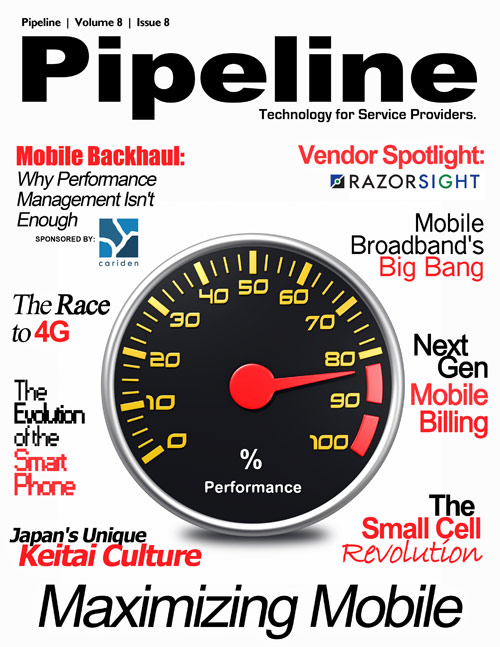True Benefits of 4G
When we talk about 4G in this article, we are actually talking about LTE, as it is the only technology that lays the foundation for true 4G speeds. “Currently HSPA delivers throughputs of 7.2 or 14.4 mbp/s at most. LTE promises between four to six times more.” explains Jonathon Gordon, Director of Marketing, Allot Communications. The next generation, LTE-Advanced, will actually meet the 100 mbp/s standard.
While most of the public debate around 4G falls to discussions of speed claims, it is important to note that there are benefits to 4G beyond sheer speed. “Even at low broadband speeds, 4G offers a much lower over-latency compared to 3G, plus a near instantaneous connection experience for the user,” explains Russ Hamilton, Director, Wireless Engineering at CHR Solutions. “Another advantage is the ability to provide true QoS guarantees across the whole network—offering the potential for an entirely new set of service options.”
Additionally, 4G is based on an all-IP architecture, which is a significant departure from our current networks. “It’s important to consider that with the ITU standard specifying a IMS core, there is a multitude of services that don’t exist today, but certainly will, in the not so distant future,” continued Hamilton. “4G enables longevity and scalability.”
Even though VoLTE has been successfully trialed, and there are deployments in the works, the promise of VoLTE has yet to be realized as well, as 4G LTE exists only in the data realm at the moment.


Network Needs
I recently visited CHR Communications in Houston Texas, and got to see an Ericsson 4G LTE switch in action. The single switch can handle traffic from 2,000 macro cell towers. Those are big numbers, but they are balanced by small numbers—probably fewer than a dozen of these switches are currently deployed in the US. Networks have a lot of catching up to do before they can cash the checks their marketing departments are writing.
Despite the billboards, mobile networks are not keeping up with the demands being placed on them. According to a recent study by Allot Communications, the annual growth rate (CAGR) of mobile broadband consumption is already at 213%. “In other words, the evolution of mobile broadband networks is simply lagging behind the rate of data consumption – and unlikely to catch up in the foreseeable future,” says Jonathon Gordon.
There are technological underpinnings that need to be implemented to reach the promise of 4G LTE. For instance, new radio technologies like OFDM enable operators to better utilize spectrum. Better backhaul solutions and accelerating the transition to all-IP is also critical.
The key to utilizing the speeds possible with the LTU-R standard is a flat Ethernet high-speed backhaul network,” says Russ Hamilton. “Every effort should be placed on IP evolution—upgrading TDM based networks to a pure packet network will be pivotal in successful implementation. It is also recommended to push fiber as close to the site as possible due to the amount of data that a 4G site is capable of putting on a network. One of the most important things to be mindful of is ensuring low latency across the network.”








